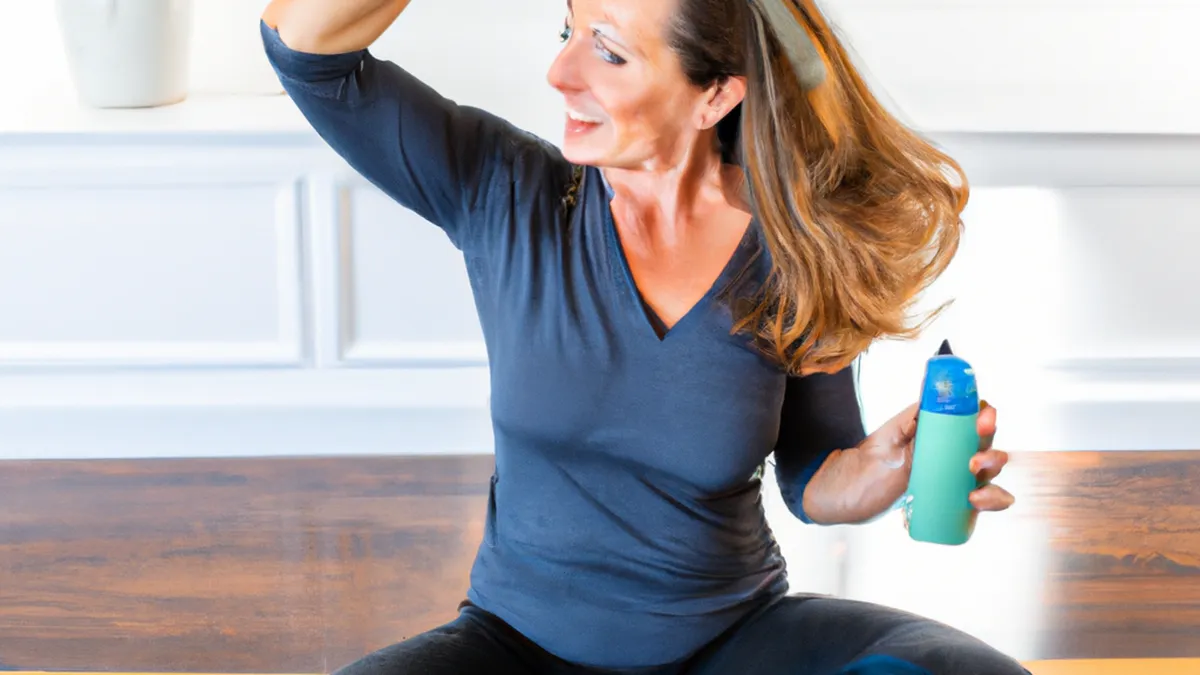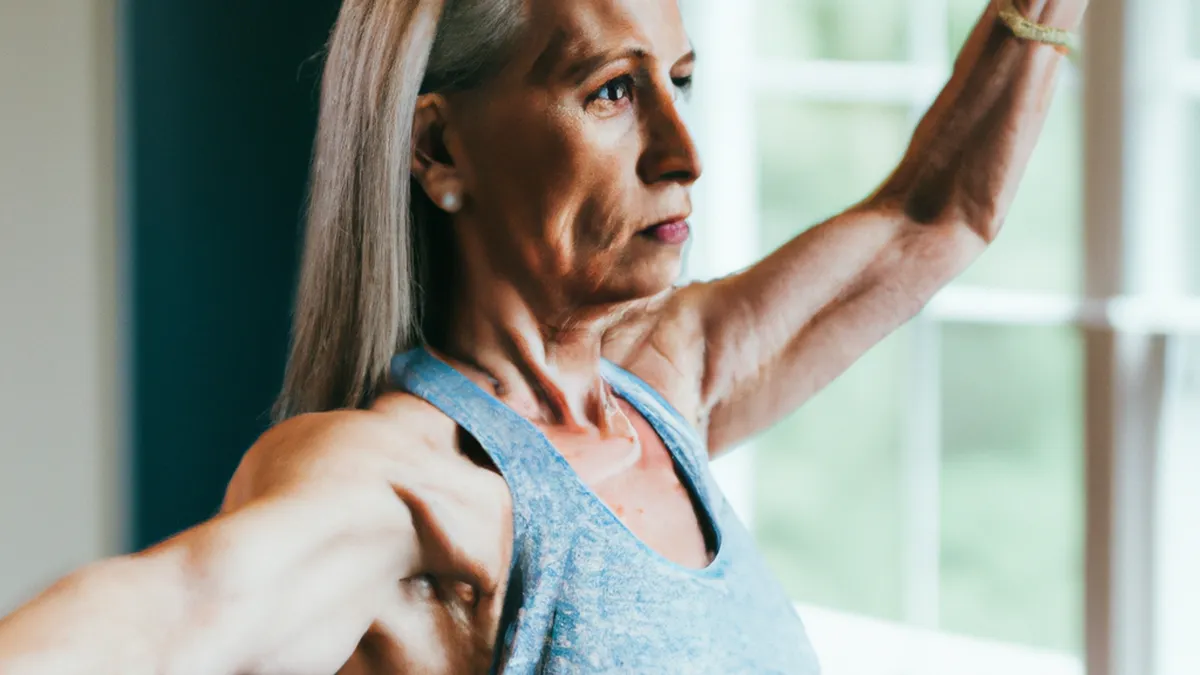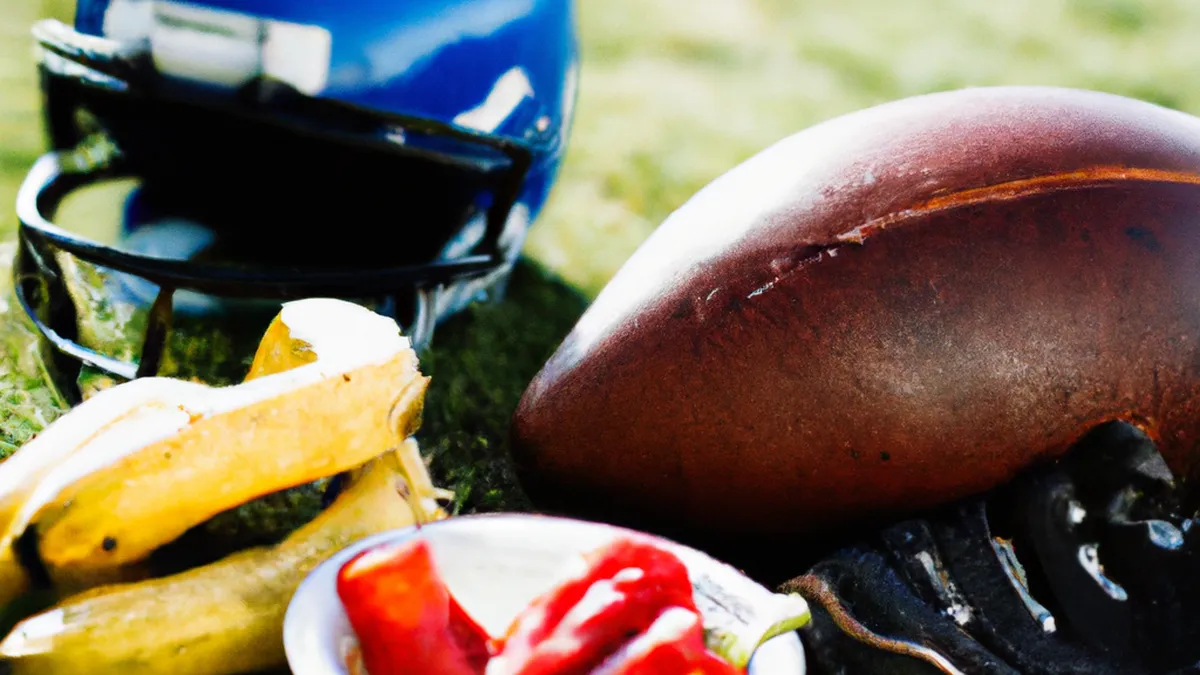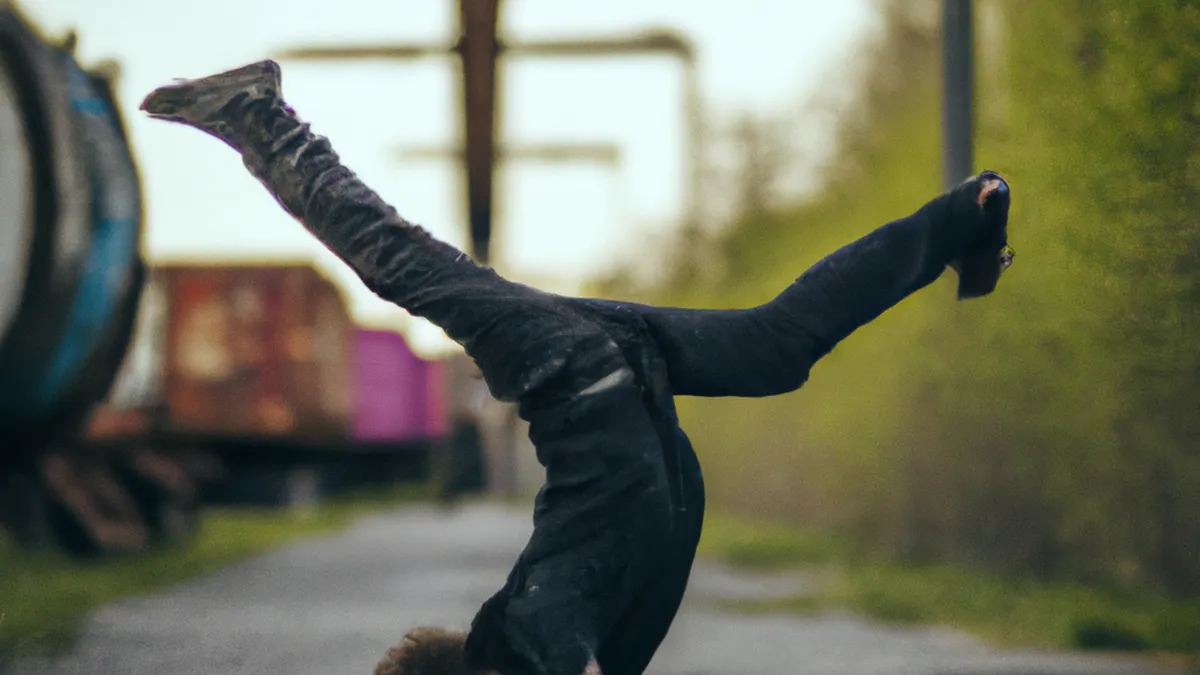Active Recovery: Techniques for Muscle Soothing
Active Recovery Techniques for Reducing Muscle Soreness
As an Amazon Associate I earn from qualifying purchases.
Gear tip: consider standing desk balance board, desk cycle and insulated water bottle to support this workout.
After intense workouts, muscle soreness often lingers. We call this delayed onset muscle soreness (DOMS). This discomfort arises from tiny muscle fiber tears during strenuous exercise. While rest aids recovery, active recovery techniques offer significant relief. These methods maintain blood flow, reduce stiffness, and promote healing. This blog explores various active recovery techniques to enhance your fitness journey.
Understanding Active Recovery
Active recovery involves low-intensity exercise after workouts or on rest days. It keeps the body moving, enhancing circulation and reducing muscle tightness. The goal is to facilitate recovery without straining the muscles.
The Science Behind Active Recovery
Light exercise slightly increases your heart rate, promoting blood flow. This improved circulation transports oxygen and nutrients to sore muscles. It also flushes out metabolic waste, aiding healing and reducing soreness duration.
1. Light Aerobic Exercise
Light aerobic exercise effectively promotes recovery. Activities like walking, cycling, or swimming keep blood flowing without overexerting yourself. Aim for 20 to 30 minutes of light activity to help flush out lactic acid.
Enjoy a leisurely walk in nature or take a gentle bike ride. If near a pool, swim at an easy pace. The water’s buoyancy relieves sore muscles while providing a low-impact workout.
2. Stretching
Gentle stretching relieves tight muscles. Focus on sore areas and hold each stretch for 15 to 30 seconds. Stretching improves flexibility, reduces tension, and promotes relaxation. Incorporate dynamic stretching before workouts and static stretching afterward.
Target major muscle groups, including hamstrings, quadriceps, shoulders, and back. Yoga combines stretching with controlled breathing, enhancing both physical and mental relaxation. A short 10-15 minute yoga routine can significantly improve post-workout feelings.
3. Foam Rolling
Foam rolling serves as an excellent muscle recovery technique. Use a foam roller to apply pressure to sore muscles, focusing on tight spots. This self-myofascial release breaks down knots and improves blood flow. Roll slowly over each muscle group for 1 to 2 minutes.
Conclusion
Active recovery techniques can significantly reduce muscle soreness and enhance your overall fitness. Incorporate these methods to feel better faster.
Below are related products based on this post:
FAQ
What is active recovery and how does it help reduce muscle soreness?
Active recovery involves low-intensity exercise performed after workouts or on rest days. It keeps the body moving, enhancing circulation and reducing muscle tightness, which helps facilitate recovery without straining the muscles. By promoting blood flow, active recovery techniques aid in delivering oxygen and nutrients to sore muscles, thereby reducing soreness duration.
What types of light aerobic exercises are recommended for active recovery?
Light aerobic exercises such as walking, cycling, or swimming are highly effective for active recovery. Engaging in these activities for 20 to 30 minutes can help flush out lactic acid and maintain blood flow without overexerting yourself. Leisurely walks in nature or gentle bike rides are great options, as well as swimming at an easy pace for a low-impact workout.
How can stretching and foam rolling contribute to muscle recovery?
Gentle stretching can relieve tight muscles and improve flexibility by targeting sore areas and holding each stretch for 15 to 30 seconds. Foam rolling, on the other hand, acts as a self-myofascial release technique that breaks down muscle knots and improves blood flow by applying pressure to sore muscles. Both techniques can enhance relaxation and significantly improve post-workout recovery feelings.















Post Comment